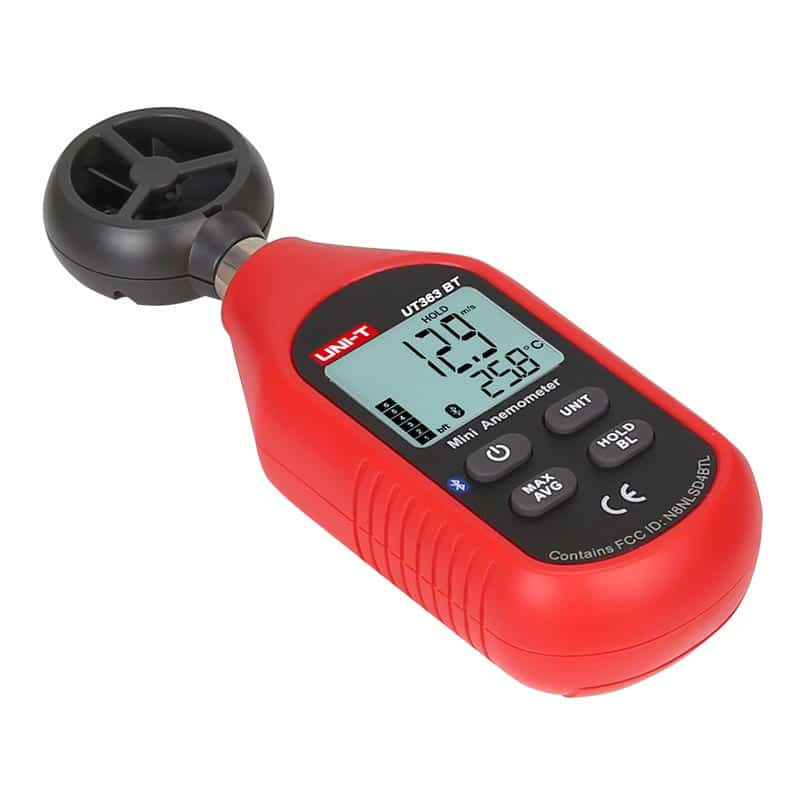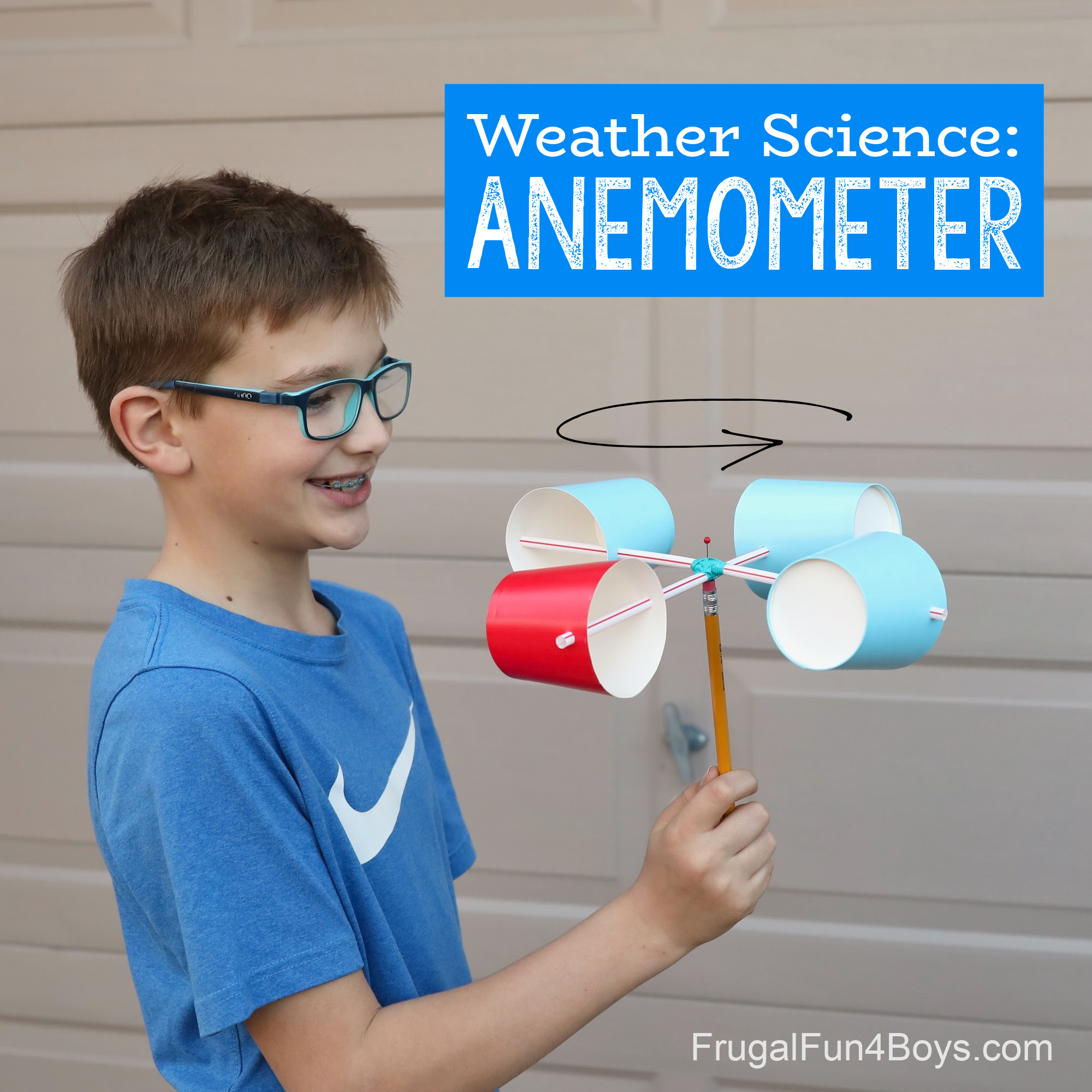Selecting the Right Anemometer: A Comprehensive Purchasing Overview
Selecting the Right Anemometer: A Comprehensive Purchasing Overview
Blog Article
Anemometers Revealed: Understanding Their Value in Environmental Tracking and Precaution
The function of anemometers in ecological monitoring and precaution is typically underestimated, yet their value is indisputable. These instruments have a lengthy history rooted in scientific query and technical innovations, advancing to become essential devices in various areas. From meteorology to aeronautics security, anemometers play a vital role in providing accurate data that notifies decision-making procedures and enhances total safety. Understanding the complexities of anemometers introduces a globe of critical insights that are fundamental to our understanding of the environment and the procedures we require to make certain safety.
History of Anemometers
The advancement of anemometers can be mapped back to the old people where fundamental wind measuring devices were very first made use of. One of the earliest well-known anemometers was the hemispherical cup anemometer designed by Leon Battista Alberti in the 15th century.
In the 18th century, the prominent researcher John Thomas Romney Robinson presented the Robinson anemometer, which included four hemispherical mugs mounted on horizontal arms that prolonged from a central axis. This style came to be a criterion in meteorological dimensions because of its precision and integrity. For many years, innovations in innovation caused the growth of more modern-day anemometers, including ultrasonic anemometers and laser Doppler anemometers, providing enhanced precision and performance in determining wind rate and direction. The background of anemometers showcases an exceptional journey of advancement and development in the area of meteorology.
Sorts Of Anemometers
Throughout the area of weather forecasting, different kinds of anemometers have actually been created to accurately gauge wind rate and direction. One of the most common type is the mug anemometer, which contains 3 or 4 cups installed on horizontal arms that turn with the wind. As the mugs rotate, the rate at which they rotate is straight proportional to the wind rate. Another widely made use of type is the vane anemometer, which includes a tail or fin that aligns itself with the wind direction. This placement permits the gadget to figure out the wind instructions. Sonic anemometers use ultrasonic signals to measure wind rate and instructions precisely. They are generally made use of in research study applications due to their high accuracy. Hot-wire anemometers run based on the concept that the cooling impact of wind on a heated cable is symmetrical to the wind rate. These anemometers appropriate for gauging reduced wind speeds with high precision. Each type of anemometer has its strengths and is selected based upon the details demands of the monitoring job available.
Applications in Meteorology
Having gone over the numerous kinds of anemometers made use of in meteorology for measuring wind speed and instructions, it is important to discover their practical applications in the area. Anemometers play a vital role in weather forecasting by providing real-time and precise information on wind conditions (anemometer). Meteorologists make use of anemometers to monitor wind speed and instructions to anticipate weather condition patterns, problem warnings for extreme weather condition occasions like storms, twisters, and cyclones, and examine atmospheric problems for aeronautics security
In meteorology, anemometers help in recognizing regional and regional wind patterns, which are vital for predicting weather changes and identifying climatic trends. These gadgets are additionally used in research study to examine microclimates, urban warm islands, and air contamination dispersion. In addition, anemometers are employed in agriculture to maximize plant monitoring techniques, such as watering and chemical application, based on wind problems.
Value in Aviation Safety
An integral aspect of making sure air travel safety and security exists in the careful surveillance of wind conditions using anemometers. Anemometers play an important duty in aeronautics by providing real-time data on wind rate and direction, helping pilots in making informed decisions during flight, take-off, and touchdown. Unforeseeable and strong winds can significantly affect aircraft procedures, making it essential for aviation authorities to count on precise wind measurements to make certain the safety of passengers and team.

In the vibrant setting of air travel, where even small changes in wind rate and instructions can have profound effects, anemometers stand as essential tools for advertising risk-free and safe flight.
Role in Environmental Research Study
Just how do anemometers add to innovations in ecological research? Anemometers play a vital duty in ecological research by supplying vital data on wind speed and direction. This information is essential for understanding various climatic procedures, such as air pollution diffusion, weather patterns, and climate adjustment. By accurately gauging wind qualities, anemometers help scientists evaluate the activity of pollutants airborne, evaluate the influence of industrial discharges, and anticipate the spread of impurities in the environment.


Conclusion
In conclusion, anemometers have played an important function in environmental surveillance and safety and security actions. Comprehending the value of anemometers is necessary for accurately measuring wind speed and direction, which is vital for predicting weather condition patterns, making sure risk-free aviation procedures, and carrying out ecological researches.
One of the earliest recognized anemometers was the hemispherical cup anemometer her explanation designed by Leon Battista Alberti in the 15th century. Over the years, developments in innovation led to the advancement of even more contemporary anemometers, consisting of ultrasonic anemometers and laser Doppler anemometers, using enhanced accuracy and effectiveness in determining wind speed and instructions. Hot-wire anemometers operate based on the concept that the cooling result of wind on a warmed cord is symmetrical to the wind rate. Meteorologists make use of anemometers to keep an eye on wind speed and direction to anticipate weather patterns, concern warnings for serious weather events like twisters, cyclones, and tornados, and analyze atmospheric conditions for aeronautics security.
Comprehending the find out this here relevance of anemometers is vital for precisely measuring wind speed and instructions, which is essential for anticipating weather patterns, making sure secure see this page air travel procedures, and conducting environmental research studies. (anemometer)
Report this page